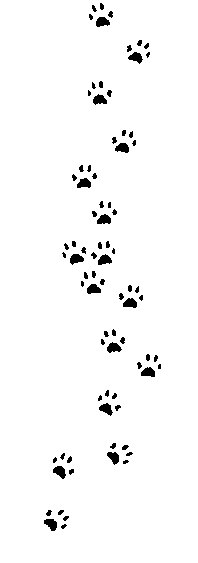

Wellness and Senior Care

The Wellness Program is designed to promote preventative medicine through
individualized vaccinations, annual or biannual wellness examinations,
appropriate nutrition and early laboratory testing. The key to maintaining a
healthy life for our pets is the early detection of potentially controllable and/or
reversible diseases, to provide individualized immunization programs to prevent
infectious diseases and to treat medical conditions before they become life
threatening emergencies.
1. What testing is recommended and for which pets? We recommend wellness
examinations and laboratory testing for senior and geriatric patients and all
pets on daily medicines like phenobarbital, methimazole, insulin or arthritis
medications.
2. Do I have to leave my pet to get wellness testing? No, we can usually draw
blood and perform a physical examination while you wait.
3. How long do the results take to come back? We have daily laboratory pick
ups and we usually get results in 1 day so call the next day to get results during
our office hours.
4. If my pet is not sick why draw blood? Animals tend to hide disease until they
are severe. For instance, diabetic cats and dogs may compensate for a long
time until they lose all control over their sugar and then they become
dehydrated and very sick requiring hospitalization. Important organs like the
kidneys and liver have a lot of reserve function and we often can reverse
problems with diet and medicine and thus avoid lengthy hospital stays.
5. I have heard that urine and fecal examination are also important? This is
true and we test feces for intestinal parasites with a fecal flotation. All that is
necessary for a fecal examination is to bring in a relatively fresh piece of stool.
If there is dirt or cat litter in the stool it can still be examined accurately.
Urinalysis is important to assess lower urinary tract function and kidney
concentrating ability. All diabetic animals need at least twice yearly urinalysis
to detect occult (without clinical signs) urinary tract infections.
6. Is there an accurate way to estimate my pet’s age? Yes. We have a chart
that can help you estimate your pet’s age in human years using their weight
and age. It is a good approximation and can be helpful in guiding wellness
recommendations.
7. My cat (or dog) appears healthy but she is drinking a lot of water recently, is
this a problem? Yes. Increased thirst and urination are early signs of
metabolic disease. There are a number of common conditions that cause
increased thirst and urination including diabetes, thyroid, liver, kidney and
Cushing’s disease. Until we diagnose the problem, continue to let your pet
drink as much water as she needs.
individualized vaccinations, annual or biannual wellness examinations,
appropriate nutrition and early laboratory testing. The key to maintaining a
healthy life for our pets is the early detection of potentially controllable and/or
reversible diseases, to provide individualized immunization programs to prevent
infectious diseases and to treat medical conditions before they become life
threatening emergencies.
1. What testing is recommended and for which pets? We recommend wellness
examinations and laboratory testing for senior and geriatric patients and all
pets on daily medicines like phenobarbital, methimazole, insulin or arthritis
medications.
2. Do I have to leave my pet to get wellness testing? No, we can usually draw
blood and perform a physical examination while you wait.
3. How long do the results take to come back? We have daily laboratory pick
ups and we usually get results in 1 day so call the next day to get results during
our office hours.
4. If my pet is not sick why draw blood? Animals tend to hide disease until they
are severe. For instance, diabetic cats and dogs may compensate for a long
time until they lose all control over their sugar and then they become
dehydrated and very sick requiring hospitalization. Important organs like the
kidneys and liver have a lot of reserve function and we often can reverse
problems with diet and medicine and thus avoid lengthy hospital stays.
5. I have heard that urine and fecal examination are also important? This is
true and we test feces for intestinal parasites with a fecal flotation. All that is
necessary for a fecal examination is to bring in a relatively fresh piece of stool.
If there is dirt or cat litter in the stool it can still be examined accurately.
Urinalysis is important to assess lower urinary tract function and kidney
concentrating ability. All diabetic animals need at least twice yearly urinalysis
to detect occult (without clinical signs) urinary tract infections.
6. Is there an accurate way to estimate my pet’s age? Yes. We have a chart
that can help you estimate your pet’s age in human years using their weight
and age. It is a good approximation and can be helpful in guiding wellness
recommendations.
7. My cat (or dog) appears healthy but she is drinking a lot of water recently, is
this a problem? Yes. Increased thirst and urination are early signs of
metabolic disease. There are a number of common conditions that cause
increased thirst and urination including diabetes, thyroid, liver, kidney and
Cushing’s disease. Until we diagnose the problem, continue to let your pet
drink as much water as she needs.
Crawford Animal Hospital 690 Merrick Rd. Lynbrook, NY 11563 (516) 599-0256
